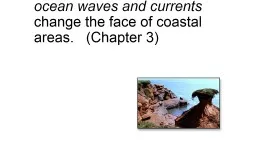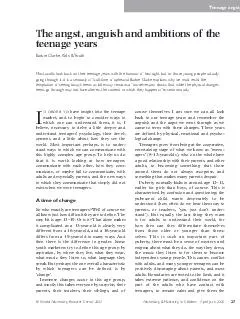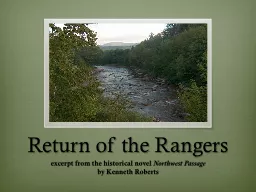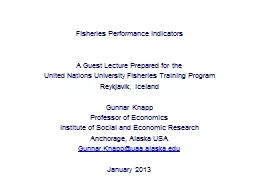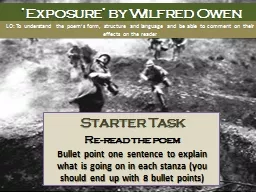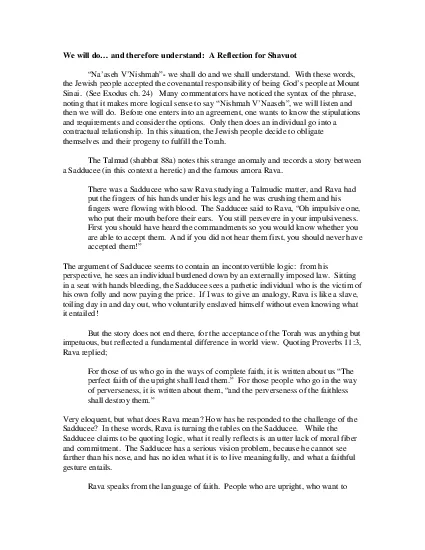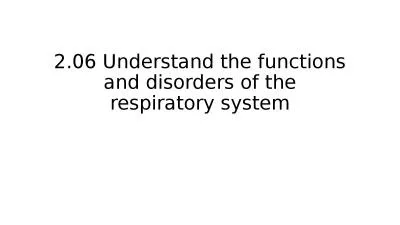PPT-1.5 Understand how
Author : min-jolicoeur | Published Date : 2016-07-18
ocean waves and currents change the face of coastal areas Chapter 3 Hydraulic ActionPressure air being forced into crack in rocks Corrosion Solution Minerals such
Presentation Embed Code
Download Presentation
Download Presentation The PPT/PDF document "1.5 Understand how" is the property of its rightful owner. Permission is granted to download and print the materials on this website for personal, non-commercial use only, and to display it on your personal computer provided you do not modify the materials and that you retain all copyright notices contained in the materials. By downloading content from our website, you accept the terms of this agreement.
1.5 Understand how: Transcript
Download Rules Of Document
"1.5 Understand how"The content belongs to its owner. You may download and print it for personal use, without modification, and keep all copyright notices. By downloading, you agree to these terms.
Related Documents

